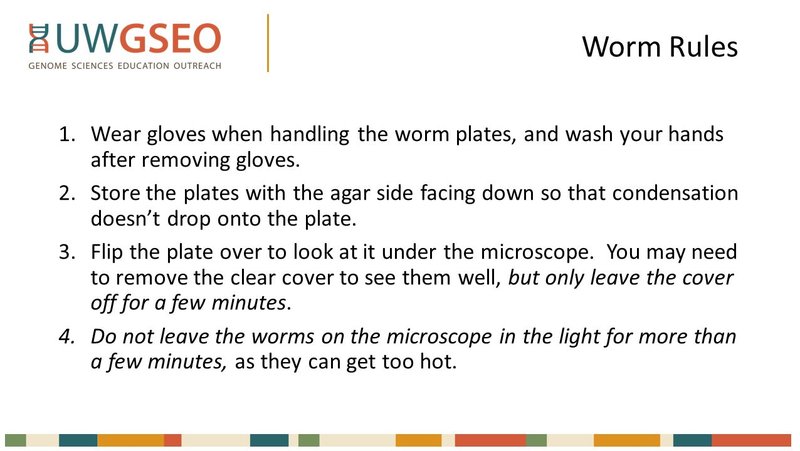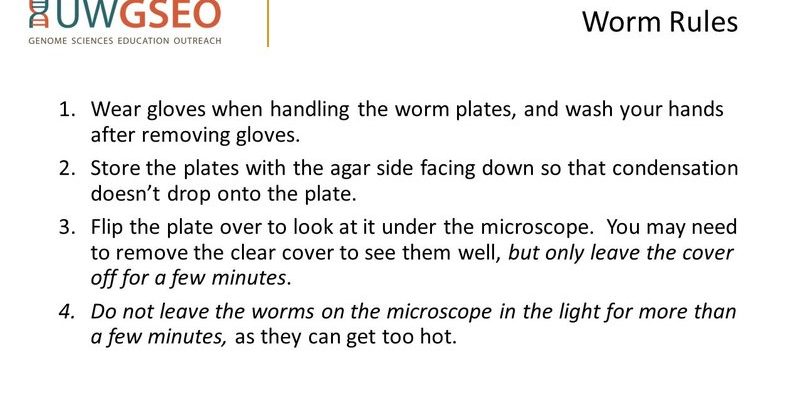
Think of hammerhead worms as the wild cousins of more familiar garden inhabitants like earthworms. They have a distinct flattened shape and a wide, blunt head that resembles a hammer—hence the name. While they can be interesting to observe, they also can pose some risks, especially when it comes to your skin. So, let’s dive into the best ways to handle them safely, what tools to use, and why wearing gloves is a non-negotiable step in this process.
Understanding Hammerhead Worms
Before we get into safety gear, let’s take a moment to understand what hammerhead worms are and why you might encounter them. Native to tropical regions, these worms have made their way to places like the United States and have become quite the curiosity. They are carnivorous and typically feast on small invertebrates, making them quite a unique addition to any garden ecosystem.
But here’s the catch—while they play a role in controlling pests, they are not necessarily beneficial for the soil. They can disrupt the local environment because, unlike earthworms, they don’t aerate the soil or enrich it. If you find these worms in your garden, it might raise some eyebrows, leading to questions about how to handle them safely.
Why Wear Gloves When Handling Hammerhead Worms
You might be thinking, “Why should I bother with gloves?” Here’s the thing: hammerhead worms can secrete a mucus that contains toxins. While not harmful to humans in small amounts, it can cause skin irritation or allergic reactions in some people. So, to avoid any uncomfortable rashes or reactions, putting on a pair of gloves is a smart move.
Imagine handling a slippery fish; you wouldn’t want to get your hands full of scales and slime, right? It’s the same idea here. Wearing gloves shields your skin from toxins and makes it easier to grip the worm without it wriggling away. Plus, gloves add a layer of confidence, letting you feel like a pro as you manage these curious creatures.
Best Types of Gloves for Handling
Now that you’re on board with the glove idea, let’s talk about the types of gloves to choose. Honestly, not all gloves are created equal when it comes to handling hammerhead worms. Here are a few types that work best:
- Rubber gloves: These offer good protection against moisture and are easy to clean. They provide a snug fit and allow for some dexterity, making it easier to handle these wiggly worms.
- Disposable latex gloves: If you want a quick solution, disposable gloves are lightweight and can be discarded after use. Just make sure you’re not allergic to latex!
- Gardening gloves: Look for those that are waterproof or made from synthetic materials. They tend to be sturdier and provide additional protection against thorns or other garden debris.
When selecting gloves, it’s also a good idea to look for ones that have a textured grip. This will prevent you from dropping the worm as you’re trying to handle it.
Tools to Consider While Handling Hammerhead Worms
Besides gloves, certain tools can make your experience more manageable and less messy. Here are a few useful tools to consider:
- Small trowel: Perfect for gently scooping up the worms without damaging them. Just slide it under the worm’s body and lift it carefully.
- Picks or tweezers: These can be particularly handy for picking up smaller hammerhead worms or if you need to handle them with a bit more precision.
- Catching container: If you plan on relocating the worm, having a small, breathable container is essential. It allows you to transport the worm safely without crushing or harming it.
Having these tools at your side can make your experience a lot smoother. Just remember to be as gentle as possible—these creatures are more delicate than they look!
Steps for Safely Handling Hammerhead Worms
Okay, let’s get down to the nitty-gritty. Here’s a simple step-by-step guide for handling hammerhead worms safely:
1. **Gear Up:** Put on your gloves. Make sure they fit snugly and are resistant to moisture.
2. **Choose Your Tools:** Grab your small trowel or tweezers. This will help prevent direct contact with the worm and minimize the risk of any skin irritation.
3. **Locate the Worm:** Find the hammerhead worm in your garden. They often hide in damp areas under leaves or mulch.
4. **Scoop or Pinch:** Use your trowel or tweezers to gently lift the worm. If using a trowel, aim to get under the body. If using tweezers, pinch gently but securely to avoid breaking the worm’s fragile body.
5. **Transfer With Care:** Place the worm in your catching container if you’re relocating it. Make sure it has some moist leaf litter or soil to keep it comfortable during transit.
Following these steps can help ensure that both you and the hammerhead worm stay safe during the handling process.
What To Do If You’re Bitten or Irritated
So, let’s say the unexpected happens—maybe you get a bit too close for comfort and experience some irritation. First off, don’t panic! Here’s a quick guide on what to do:
1. **Wash Your Hands:** Immediately rinse your hands with soap and water. This helps wash away any toxins that may have made contact with your skin.
2. **Apply a Cool Compress:** If there’s swelling or redness, using a cool compress can help soothe the area.
3. **Use Over-the-Counter Remedies:** If irritation persists, an antihistamine or hydrocortisone cream may alleviate discomfort.
4. **Consult a Doctor:** If you experience severe symptoms, like swelling beyond the immediate area or an allergic reaction, it’s best to seek medical attention.
Taking these precautions can help you mitigate any potential issues that arise from handling these intriguing creatures.
Understanding the Ecological Impact
Finally, let’s touch on the ecological aspects of hammerhead worms. You may come across these creatures while gardening, and it’s essential to understand their role and impact on local ecosystems. Hammerhead worms primarily feed on smaller pests, which might give them some credit in the garden. However, they can outcompete beneficial earthworms, disrupting the natural balance in the soil.
If you find hammerhead worms in your garden, you might be tempted to remove them. Just remember that relocating them to another area can help restore balance. It’s all about keeping your ecosystem healthy.
In summary, handling hammerhead worms may seem a bit daunting, but with the right knowledge and tools, it can be a safe and straightforward process. Always prioritize your safety by using gloves and appropriate tools, and take time to appreciate the unique role these creatures play in our gardens. Happy gardening!

